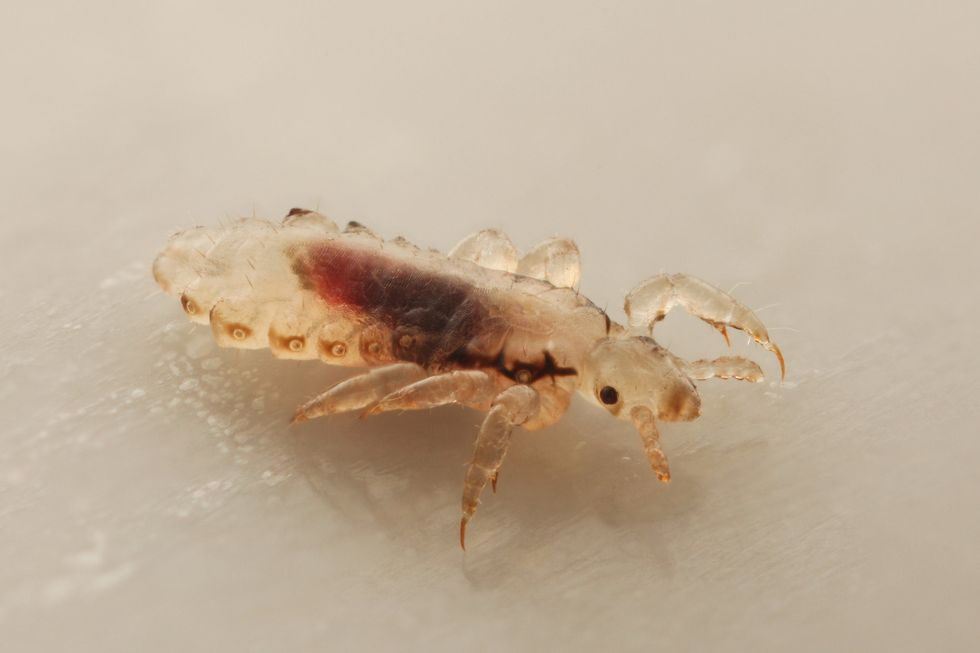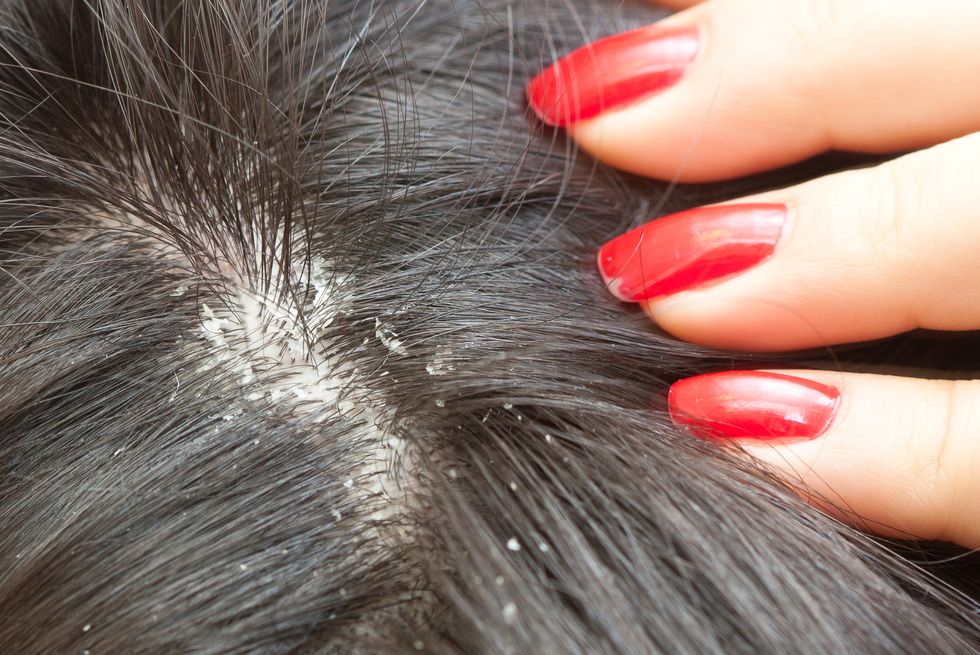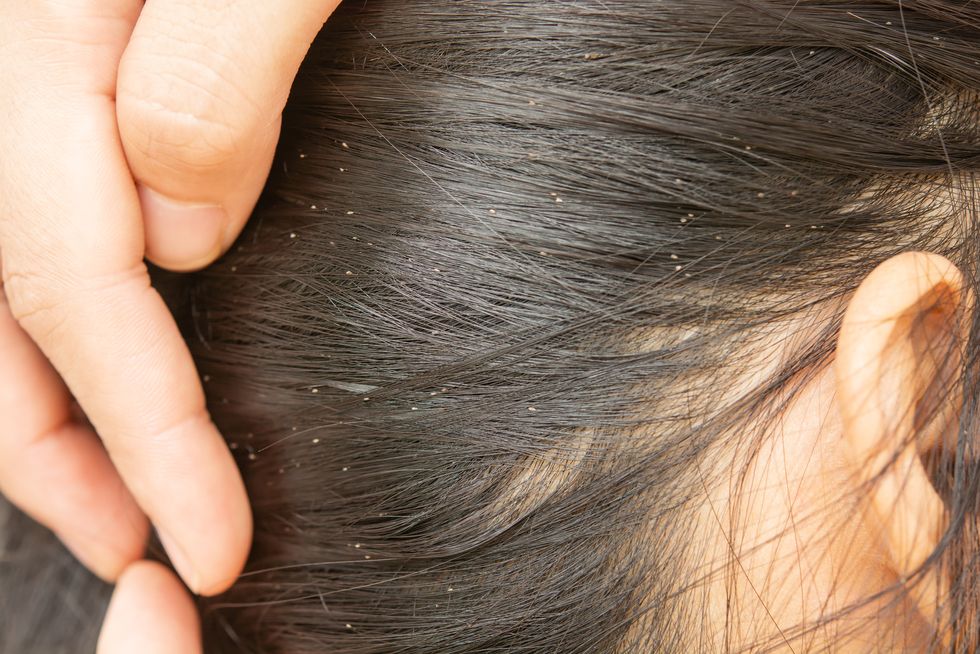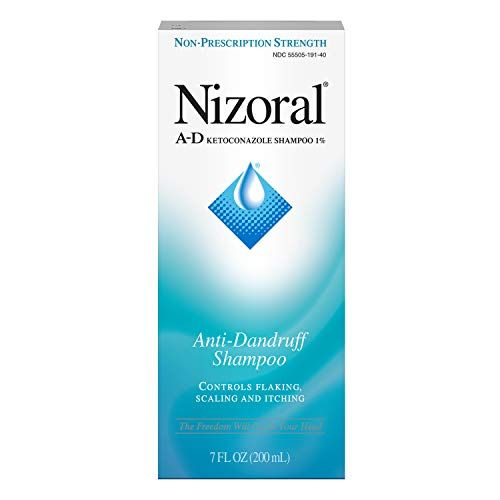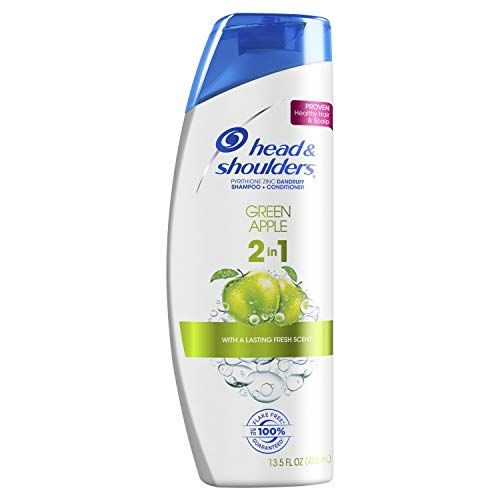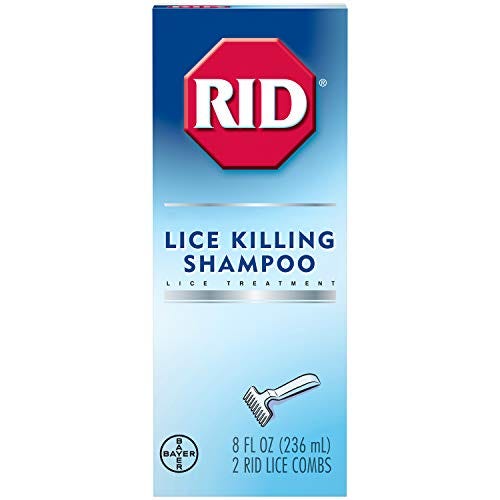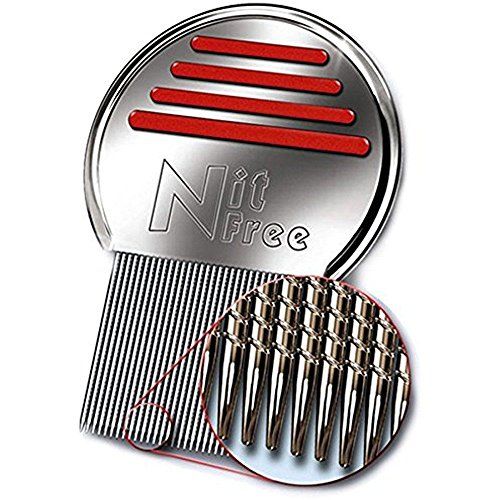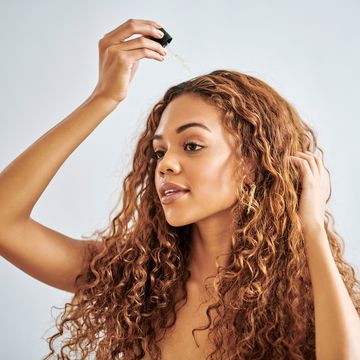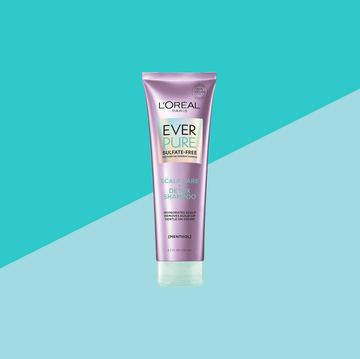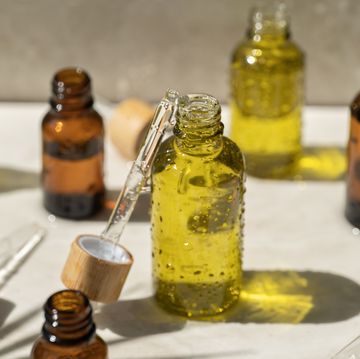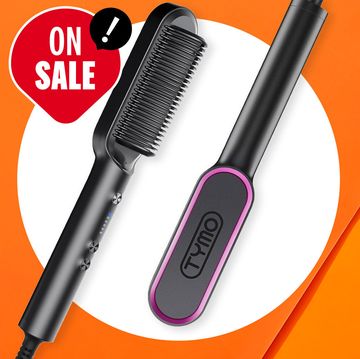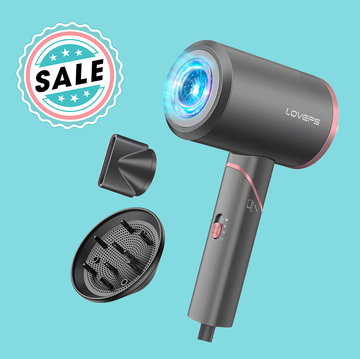There are many things that can lead to an unbearably itchy scalp. Sure, a quick scratch here and there may not be much to worry about—but when you suddenly notice white flakes showing up, it can be tricky to know what’s going on up there. And there are two causes that get easily confused: dandruff and lice.
Dandruff is a very common scalp condition that can cause the appearance of “snowflakes” on dark clothing. Lice, on the other hand, are tiny, blood-sucking insects that tend to impact younger children and their families.
The good news: Both are typically harmless (even though they can be a major nuisance) as long as you can put the scratching to an end. But if you haven’t dealt with either in the past, it can be hard to tell the difference between lice and dandruff. Here, doctors explain everything you should know—including how to get rid of both for good.
What’s the difference between lice and dandruff?
Lice and dandruff can look similar at first glance, but they’re actually really different in various ways:
Lice vs dandruff causes
“Dandruff is inflammation in the skin leading to flaking and itching,” says Joshua Zeichner, MD, director of cosmetic and clinical research in dermatology at Mount Sinai Hospital in New York City. Dandruff is driven by your body’s response to yeast the lives on your scalp, he says. This is not a reflection of poor hygiene. Everyone has yeast on their scalp, but some people react to it more than others, causing skin to shed quickly.
Head lice, which is also known as Pediculus humanus capitis, are parasitic insects that can be found on the head, eyebrows, and eyelashes of people, according to the Centers for Disease Control and Prevention (CDC). They have three forms: the egg (aka a nit), nymph, and adult. Nits are laid by adult lice at the base of the hair shaft near the scalp, the CDC explains. They’re very small, firmly attached to the hair shaft, and oval-shaped. Nymphs hatch from the nit and must feed on blood. Adult lice are about the size of a sesame seed, and also feed on blood.
Dandruff is not a contagious skin condition, but head lice spread easily from person to person, especially in children or people who are around children often (like teachers, parents, or daycare employees). Rest assured, however, that lice are not known to carry or transmit diseases like other parasites.
Lice vs. dandruff appearances
Mild dandruff causes white (sometimes yellowish) flakes on your scalp, explains Gary Goldenberg, MD, assistant clinical professor of dermatology at the Icahn School of Medicine at Mount Sinai Hospital. “In more severe cases, patients may have redness, itching, burning, and thick, greasy scaling,” he says.
Nits usually look yellow or white, or they can appear to be the same color as your hair, the CDC says. It’s easy to confuse them with dandruff, scabs, or hair spray droplets, but nits tend to look like little grains of rice that are firmly attached to a hair follicle, Dr. Goldenberg says, while dandruff is more visible on the scalp directly. Adult head lice have six legs, and are tan to grayish-white in color, and nymphs look like smaller versions of adults.
Lice vs. dandruff symptoms
Dandruff can be very itchy, especially if you’re dealing with a dry scalp. But the same is true for lice: “Patients who have lice typically complain of severe itching in the scalp,” Dr. Zeichner says. “The itching is often worse in the back of the scalp where there tends to be a higher number of lice.”
However, lice usually don’t cause scaling and flaking like dandruff can, says Dr. Zeichner. Here are some symptoms to keep in mind for both:
Dandruff symptoms
- Itchy scalp
- Scaling or crusting on the scalp
- White or yellowish flakes on scalp, hair, eyebrows, or shoulders
- Pink or red skin from itching
- Symptoms worsen during cold weather
Lice symptoms
- Tickling or crawling feeling on the scalp or in hair
- Intense itching
- Trouble sleeping (head lice are most active at nighttime)
- Red bumps or sores on the scalp, neck, or shoulders
- Small black or brown spots at the base of hair
Are the treatments for lice and dandruff different, too?
Yes, and it’s important to find a remedy that works for you. Incessant scratching from either can disrupt the skin barrier on your scalp and potentially lead to an infection.
With dandruff, zinc pyrithione is a “go-to ingredient” for treatment, Dr. Zeichner says. “It lowers levels of yeast on the scalp to subsequently reduce inch, inflammation, and flakiness,” he says. (You can typically find this in a medicated shampoo designed to treat dandruff.) If the dandruff is severe, you might also need topical steroid medication to decrease the inflammation, Dr. Goldenberg says.
Lice treatment typically involves over-the-counter topical treatments that contain pest-killing permethrin or pyrethrins, Dr. Zeichner says. Some of these also kill the nits but, for those that don’t, you’ll need to retreat the scalp, the CDC says.
Afterward, it’s recommended that you comb dead and any remaining live lice out of the hair using a fine-tooth nit comb. If that still doesn’t seem to work, your doctor may recommend a stronger prescription medication like benzyl alcohol, ivermectin lotion, or malathion.
If you’re ultimately not sure what you’re dealing with, see your general practitioner or dermatologist ASAP. They should be able to diagnose you quickly and get you on the proper treatment plan right away.
Like what you just read? You’ll love our magazine! Go here to subscribe. Don’t miss a thing by downloading Apple News here and following Prevention. Oh, and we’re on Instagram too.

